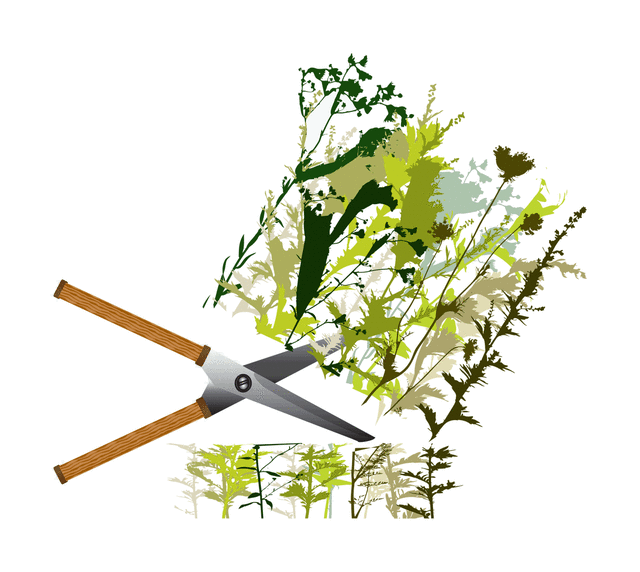Cold Greens

Dine on weeds
Cooler temperatures and shorter days mean a blossoming—of weeds. But rather than pull, snip. There are some fantastic edibles like shotweed (Cardamine oligosperma) and purslane (Portulaca oleracea) as well as almost-weedy mache, all of which make tasty winter salads. Read Northwest Foraging: The Classic Guide to Edible Plants of the Pacific Northwest by Doug Benoliel with illustrations by Mark Orsen to find out which ones to avoid.
Cleanup time
Fall is a great feeding season for birds and insects, too. Go ahead and rake up fallen foliage now, but leave stems and old seedheads on plants like yarrow, sedum, lettuce, sunflowers, etc. Also leave alone ornamental grasses, which offer elegant form and tawny color through the early winter months. (Check out Wind Dancer Garden in Salem for an impressive ornamental grass selection:winddancergarden.com.)
Last hurrah for bulbs!
By late November, bulbs go on sale. It’s a great time to buy in bulk to create dramatic sweeps of color in the spring. Avoid mushy or moldy bulbs (check each individually) and plant immediately in the ground. Toss a few in pots, too.
Garlic
The pungent bulb thrives between Halloween and Thanksgiving. For planting, pick heads of garlic with the largest, plumpest cloves: these will produce larger heads of garlic next summer. Hardneck garlics have large, easily peeled cloves with bold flavor, and delicious, edible scapes (the curlicue flower stems that you cut off and sauté in June). Most commercial garlic is softneck, which lasts longer in storage.



